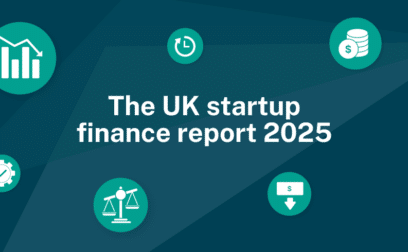Definition
Current assets refer to a category of assets on a company’s balance sheet that are expected to be converted into cash, sold, or consumed within one year or within the normal operating cycle of the business.
What are current assets?
Currents assets represent resources that are relatively liquid and can be used to meet short-term obligations and operational expenses. Furthermore, they are often used as collateral for short-term borrowing.
Common examples of current assets include:
- Cash and cash equivalents: Physical cash, bank account balances, and highly liquid investments that can be converted to cash quickly.
- Accounts receivable: This represents amounts owed to the company by customers or clients for goods or services provided on credit.
- Inventory: This comprises goods held by the company for sale or production.
- Prepaid expenses: These are payments made in advance for goods or services that will be used or consumed in the future.
Current assets are integral to a company’s working capital. Effective management of working capital ensures that a company can cover its short-term financial obligations and operational expenses. A healthy proportion of current assets relative to current liabilities suggests a company’s ability to meet its short-term obligations.
Current assets are prominently featured in a company’s balance sheet, which provides a snapshot of its financial position at a specific point.
Example of currents assets
Here’s a short example of current assets for a fictional company, XYZ Corporation:
- Cash and cash equivalents: XYZ Corporation has £100,000 in its bank account.
- Accounts receivable: The company is awaiting payment from customers for goods or services already provided, totalling £150,000.
- Inventory: XYZ Corporation holds £80,000 worth of inventory, including raw materials and finished goods.
- Short-term investments: The company has invested £50,000 in short-term marketable securities that can be easily liquidated.
- Prepaid expenses: XYZ Corporation has prepaid £20,000 for insurance coverage and other expenses for the upcoming year.
Now, if you sum up these current assets:
Current assets = £100,000 + £150,000 + £80,000 + £50,000 + £20,000 = £400,000
In this example, XYZ Corporation has £400,000 in current assets, representing assets that are expected to be converted into cash or used up within the next operating cycle or one year.


































 yet? Register here!
yet? Register here!